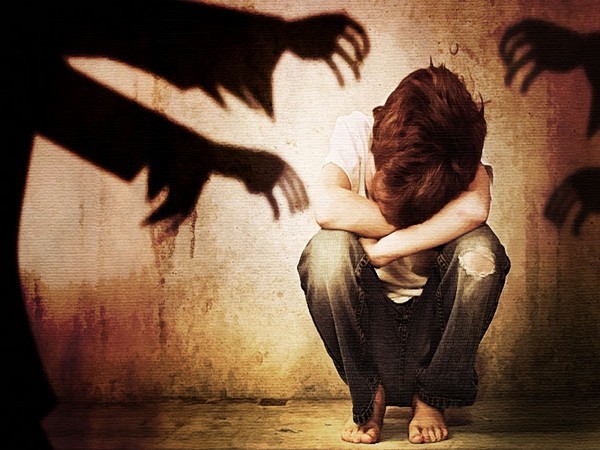Everyday 18 children go missing in Delhi and six out of every 10 children going missing remain untraced, reveals a report released today by the Alliance for People’s Rights (APR), a collective of child rights groups, and NGO Child Rights and You (CRY).
Based on the National Crime Records Bureau (NCRB) data and RTI replies from police, Delhi tops the chart when it comes to the number of missing children with the total missing children being 6,450 (3,915 girls and 2,535 boys) in 2017 while the city also beats the national average of children remaining untraceable (30 per cent) with its 63 per cent.
“While the role of the police is paramount with regard to the issue of missing children, the Integrated Child Protection Scheme (ICPS) suggests community-level preventive mechanisms to tackle the issue,” said Soha Moitra, the Regional Director (North), CRY.
To ensure that a robust preventive mechanism is in place, a model system was introduced by APR and CRY in the form of community vigilance. This highlighted how people from every community could be empowered and entrusted with the task of observing the children in their locale, and to look out for any sign of danger or potential harm that can befall them.
“Seen in this light, the system and society have to come together to prevent the children from going missing, as the responsibility of creating a reliable safety net around children lies both with the state and the community. Taking cognisance of the enormity of the issue, ensuring inter and intra-state coordination in investigation, rescue and rehabilitative mechanism and investing in adequate resources and trained personnel at every level are the needs of the hour,” Soha added.
In a couple of instances where a child was found to be missing, the vigilance groups were able to take immediate action to notify the authorities which ensured early recovery of the child, she underlined.
The report further revealed that the number of missing children in the age group of 12-18 years is the highest and among them the number of girls are much more than boys. The reasons include child labour, commercial sex work, forced marriage, domestic work and forced begging.
District Commissioner of Police (Crime Branch) Joy Tirkey said that the improvement in the participation of civil society is a good sign. “We’ve to work more in tandem with Anti Human Trafficking Units as well as the communities and NGOs,” he said.
He also added that a facial recognition system will be launched in a week’s time that will help in tracing the children who go missing.
Soha Moitra, regional director (north) of CRY, said that ensuring inter- and intra-state coordination in investigation, rescue and rehabilitative mechanism was essential to deal with the problem. “Investing in adequate resources and recruiting trained personnel at every level are the need of the hour.”
She added that strengthening various mechanisms — police patrolling, face recognition softwares, hue-and-cry notices, hoardings and banners of missing children, installation of CCTV cameras — could help in increasing the rate of recovery.

